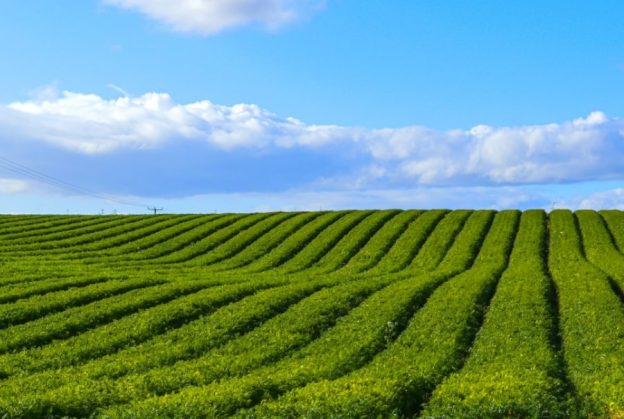Fertilisers play an essential part in giving plants the nutrients they require for growth and development. Different kinds are available to farmers. Organic and inorganic are the most common subcategories. Nutrients within organic products release gradually while the material decomposes with time. Artificially synthesised inorganic ones permit rapid uptake of nutrients by plants. However, the organic kind of fertiliser is better for the ecosystem and soil in the long term.
Why are there so many fertilisers?
If you are wondering why there are individual types available, there is a specific reason. To thrive, plants need several nutrients. They obtain these from the soil via their roots. Each harvest lowers the soil’s possible productivity unless you restore soil nutrients. The right kind of product can effectively rectify nutrient deficiencies.
Fertilisers give plants three critical nutrients for growth. These are potassium (K), phosphorous (P), and nitrogen (N). Also, there are other necessary micronutrients. The essential parameters of separate products are the levels of these nutrients and how you get them. Many factors can influence the choice. Examples include application method, crop type, and soil quality. Because there are so many options, farmers can choose the right ones to create nutrient-rich settings for crops.
Let’s look at some of the options for fertiliser. Organic ones come from raw materials such as plants and animals. Inorganic products are different because they come from rocks and minerals. They have the benefit of being readily accessible, simple to use, and economical.
Compound (NPK)
Firstly, we have compound products with varying degrees of N, P, and K. There are separate kinds of NPK fertilisers utilised in agriculture. This depends on nutrient formulations. Every type is normally designed to meet the needs of a specific crop grown in a certain soil type. Most soil and plant types can benefit from a fertilising product holding an NPK ratio of 10-10-10. Soil types that fail to keep nutrients well might need a greater NPK level like 15-15-15.
Micronutrient
This fertiliser also includes nutrients for growing plants. But you only need them in trace amounts. We are referring to the likes of copper, chlorine, zinc, boron, molybdenum, manganese, and iron. Since you need micronutrients in trace amounts, foliar fertilisation tends to be the most efficient way of treating a shortage. They are usually blended with fertilising products of N, P, or/and K.
Organic
These consist of a single proponent usually. So, it is easy to tailor to a plant’s distinct nutrient needs. You can side-dress or incorporate different kinds of natural products from animal sources or plants. When used right, they offer crops plenty of micro, macro, and trace nutrients. Past this, they aid in creating a setting where beneficial insects, fungi, and bacteria can thrive.
One kind of organic fertiliser is the slow-release type. What we mean by this is a nutrient core with a synthetic resin or a polymer coating containing sulphur. It’s one that deteriorates with time when it encounters light, heat, moisture, and/or soil microorganisms. The majority of these fertilising goods have sustained or controlled-release components. The purpose is to nourish plants over a lengthy period.
Shop with us for quality fertiliser
At JS Hubbuck Ltd, we have multiple fertilisers available. They can help you keep your crops in good health and growing happily. Our merchandise is available for some of the best prices too. So, it’s something worth investing in.
Let us know if you’re interested in buying anything. There are rules we must follow when supplying fertiliser. Therefore, you should contact us for product details and to arrange delivery.

